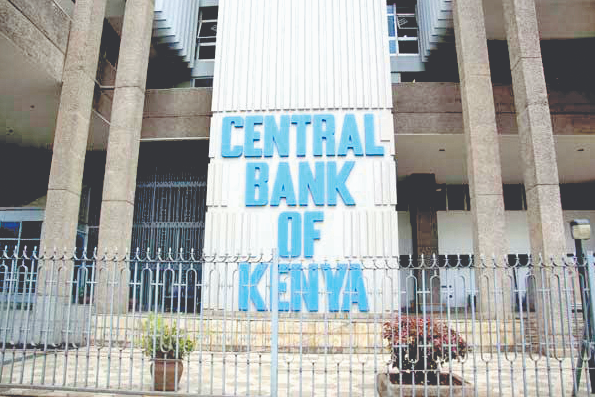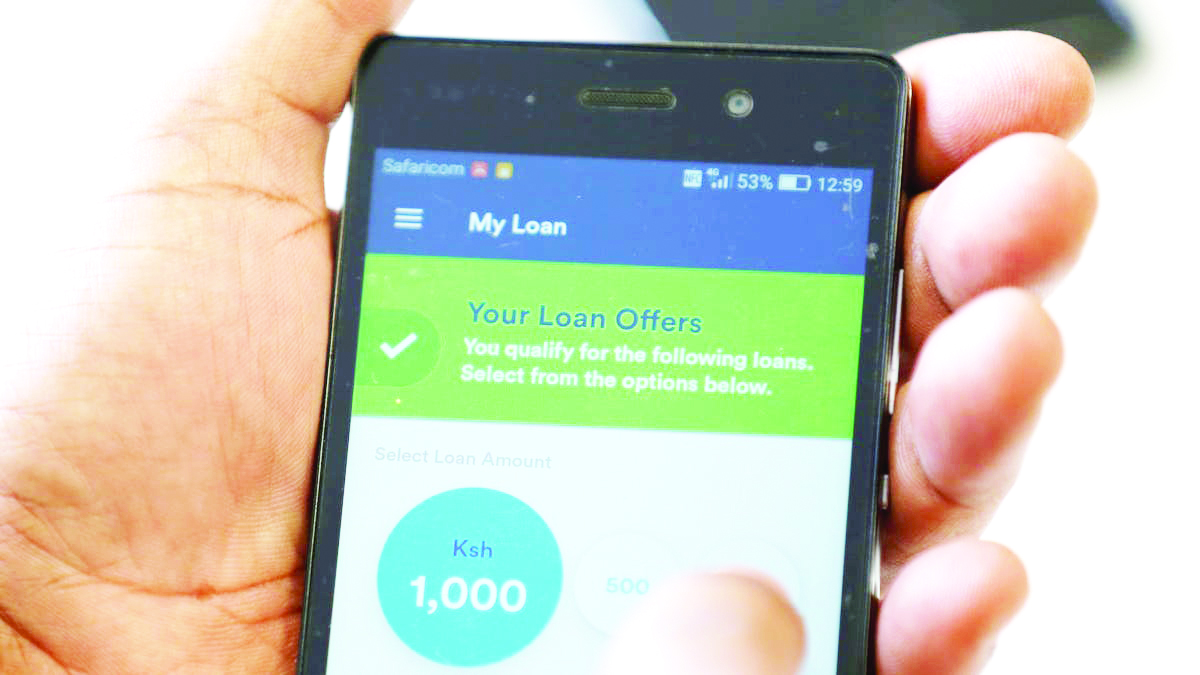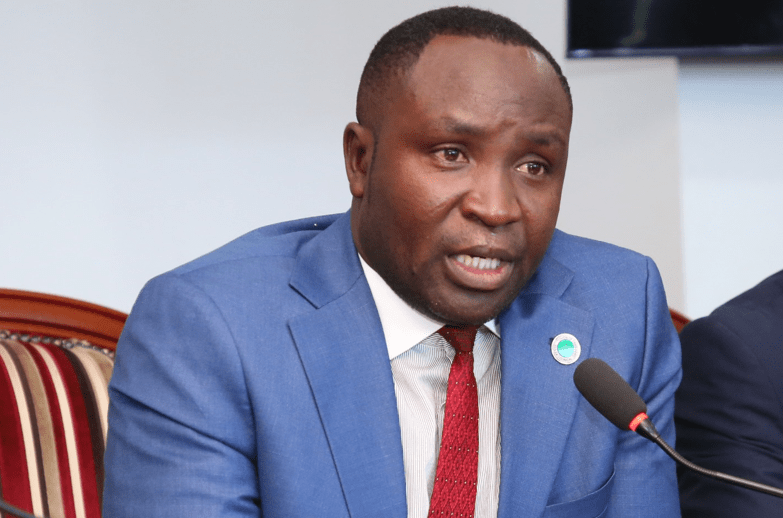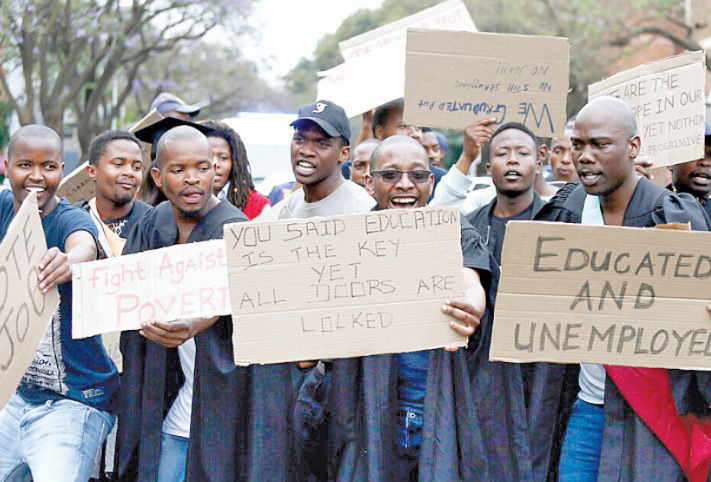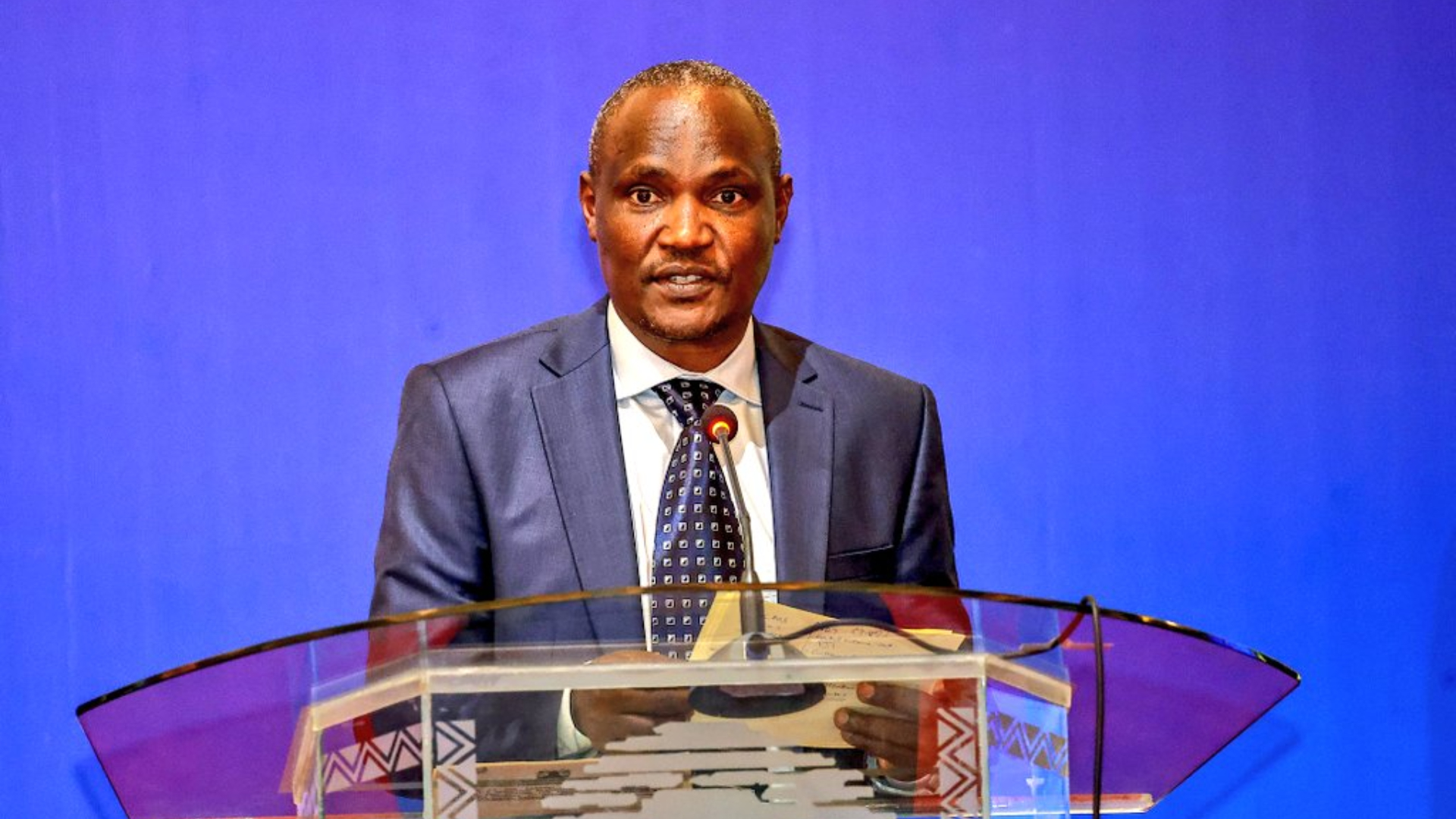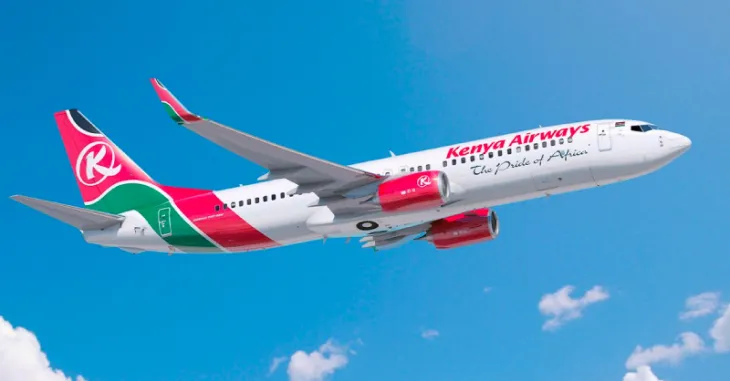Digital lenders riding high as startups borrow over Sh50b
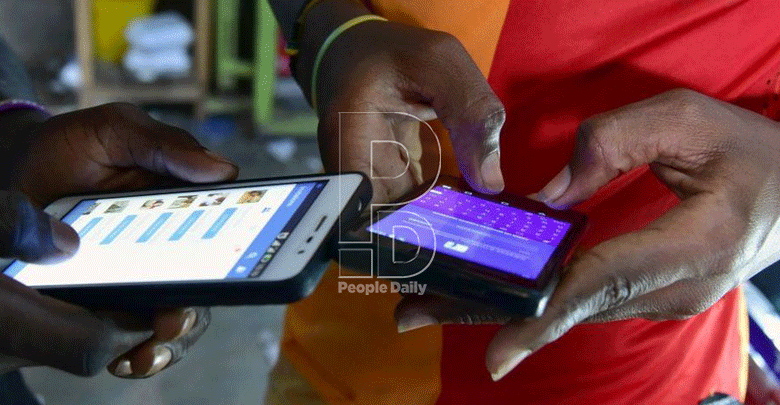
Micro, Small and Medium Enterprises (MSMEs) have borrowed in excess of Sh50 billion through digital lenders platforms (DLP) over a period of five years.
The move has made these platforms a major source of economic empowerment for traders and individuals who might not have had an opportunity to borrow money through conventional lenders.
Allan Mukui, director of Kuwazo Capital, a Nairobi-based mobile money financier said majority of Kenyans prefer digital lenders due to their convenience and easy access of loans, compared to other credit service providers like banks and Saccos.
“What that means is with traditional finance it used to take anywhere from three to six months before you secure a term loan. With us, it takes you literally hours.”
Mukui who spoke on the sidelines of the State of Digital Lending in Kenya Report 2021 launch in Nairobi yesterday, noted that DLPs have emerged as the leading credit sources for funding small businesses.
The report by consumer intelligence firm ReelAnalytics sampled 1,000 traders across eight counties showing that in the absence of digital lenders, majority Kenyans would seek business growth loans from close family members.
However, the respondents considered borrowing within family circles inconvenient, as loan accessibility is usually unpredictable and amounts smaller compared to official sources like digital lenders.
Access to credit
“Forty per cent of Kenyans interviewed said they would borrow from relatives as their prime alternative to digital lenders compared to just 10 per cent, who would opt for banks and Saccos,” the report indicates.
It shows that M-Shwari is the most popular, influenced by its connection to the Safaricom at a 40 per cent score followed by Tala at 36 per cent, Fuliza (30 percent) Branch with 23 percent and KCB-Mpesa at 22 per cent.
Other popular lenders are Zenka, Equity Group’s Eazzy loan, Timiza, Co-operative Bank’s MCo-op Cash, Okolea and Kopa Cash.
According to the survey, 60 per cent of customers are satisfied with the services offered by digital lenders while 92 per cent said interest rates charged was not a factor limiting their access to credit.
Key factors under consideration for most Kenyans were ease of access (39 percent) and speed of disbursement (22 per cent).
Nationally, the survey shows that men dominate the digital lending space at 59 per cent due to their multiple use of the lending platforms while women are considered more ‘loyal’ and ‘default concerned’ borrowers.
While the rate of uptake was high among the employed, absolute numbers of self-employed people taking digital credit was higher.
In addition, all the top digital lending platforms’ popularity and usage is highest among self-employed Kenyans between 30-34 years the report notes.
“All top digital lending platforms popularity and usage is highest among self-employed Kenyans between 30-34 years,” said the report.
Through the survey which targeted 1,ooo Kenyans across eight counties shows Nairobi, Mombasa and Nakuru emerged as regions with the most active users with at least 57 per cent seeking digital credit from time to time.
An average of 48 per cent of residents in Nyeri, Meru, Eldoret, Kisumu and Embu have borrowed from one or more digital lenders.
